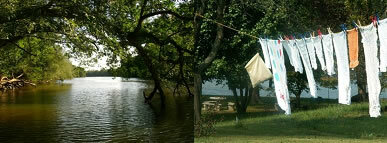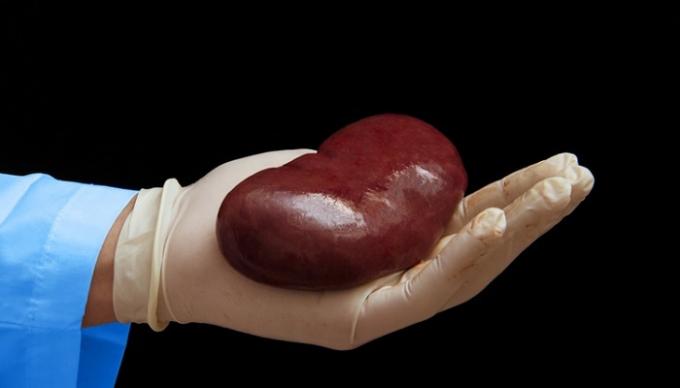One of the events that certainly represent the beginning of the process of reconquest of the Iberian Peninsula by the Catholics, after the Islamic invasion at the beginning of the 8th century, was the Battle of Covadonga, in the north of the peninsula. Taking place in May 722, this battle helped to create the legend around the king. Pelayo and the formation of the Spanish kingdom throughout the Middle Ages.
O islamic empire it had expanded rapidly after its creation by Muhammad, after the third decade of the seventh century. In 711, after conquering all of North Africa and converting the Berbers to Islam, the Muslims crossed the Straits of Gibraltar and began the conquest of Iberian Peninsula. In less than ten years, Muslims have dominated almost the entire region, whether through warlike subjugation or peacefully imposing domination. In many of the cases of peaceful subjugation, Muslims were mainly accepted by the Jews of the Peninsula, who lived oppressed by the Visigoth kingdom that dominated the region.
Many members of the Visigoth nobility also joined the Muslims, especially after the defeat of King Rodrigo at the Battle of Guadalete in 711. However, Pelayo did not ally himself with the Muslims. A member of the Visigoth nobility, Pelayo would have taken refuge in Toledo, but later left the region, settling in the north of the Peninsula, in the mountainous region of Asturias.
Despite the little importance given by Muslims to the resistance in the northern region of the Peninsula, in 722, Bishop Dom Oppas he was sent by the muslim governor Munuza, with the commander of the Alqama army, to try to persuade Pelayo of his resistance. The Pelayo rebellion had as its component the fact that Munuza had married his sister without her consent, which led to Pelayo's capture in Cordoba years earlier. Upon arriving in Cangas de Onís, Pelayo was chosen as prince by some noblemen who had gathered in the city. It was for this reason that Don Oppas went to Pelayo.
After refusing the bishop's request, Pelayo took refuge in the dominican cave, later known as Covadonga, in the Mount Auseba area, with perhaps 300 men, according to medieval sources. The area consisted of narrow gorges, which made it difficult for the Muslim army to act. According to historian Claudio Sánchez Albornoz, Muslims were among 20,000 men. But some medieval accounts say there were perhaps 200,000.
The men of Pelayo set up ambushes in the canyons of the region, with 200 men settling in positioned along the Covadonga mountains and another 100 stayed inside the cave. embedded in the hill. They attacked Muslims with arrows and stones, who tried to respond, but without success. Pelayo's troops also managed to split the army after an onslaught, which would have caused panic in the Moors who dispersed throughout the region.
Commander Alqama was killed in battle and Bishop Dom Oppas was taken prisoner, still accused of treason against the Visigoths.
During the Middle Ages, chronicles about the Kingdom of Asturias created a myth around Pelayo, pointing to him as the initiator of the Reconquest of the Iberian Peninsula. There was also the claim that the Virgin Mary appeared to Pelayo, indicating to him the possibility of victory. Even today a chapel in honor of the Virgin can be found in the cave. A few years after this battle, the Kingdom of Asturias was formed, which became the kingdom of resistance to Islamic expansion in the region and place from which actions aimed at reconquest by Catholics would begin start.
By Tales Pinto
Graduated in History
Source: Brazil School - https://brasilescola.uol.com.br/guerras/pelayo-batalha-covadonga.htm



